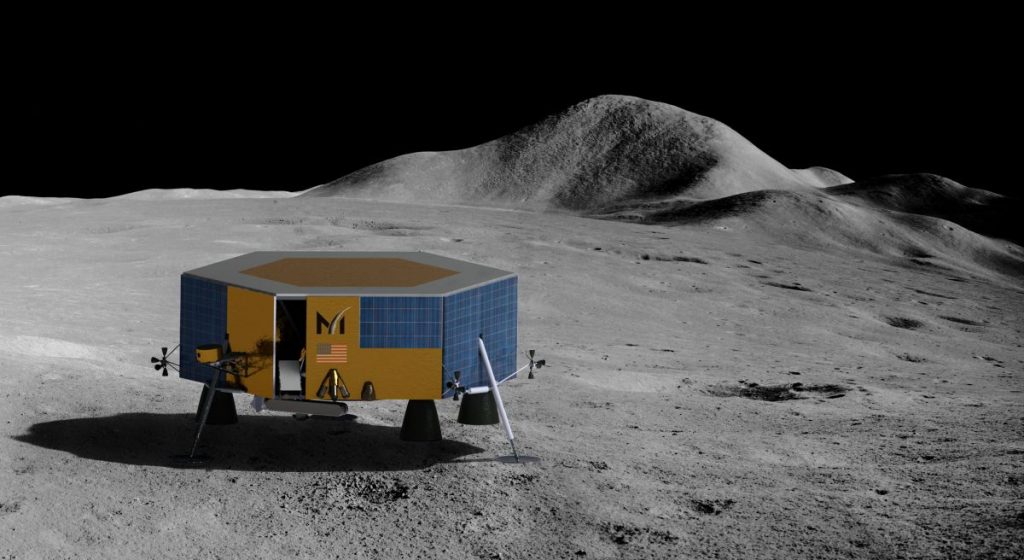One of the companies NASA tasked with a robotic moon landing has filed for bankruptcy.
California-based Masten Space Systems made a Chapter 11 filing in U.S. Bankruptcy Court for the District of Delaware, according to multiple media reports.
The company is one of five firms that won NASA Commercial Lunar Payload Services (CLPS) awards to deliver research payloads to the surface of the moon in support of future human landings under the agency’s Artemis program. (Separately, Masten was also working on a system to mine water ice on the moon using rockets, in collaboration with Lunar Outpost and Honeybee Robotics.)
Related: NASA-sponsored moon mission will launch on a SpaceX rocket
NASA gave Masten a $75.9 million CLPS contract in April 2020, for a mission that was supposed to launch on a SpaceX rocket toward the moon’s south pole. That lunar region is apparently rich in water ice — a valuable resource for both robotic and crewed activities. Liftoff was pushed back to November 2023 (a year past its 2022 target) after Masten disclosed supply chain issues (opens in new tab) related to the COVID-19 pandemic in June 2021.
The announcement follows apparent financial pressure at Masten. Around mid-July, the company furloughed remaining staff after letting go 20 employees in June, most of them attached to the XL-1 lunar mission, according to Parabolic Arc (opens in new tab).
“Masten intends to use the Chapter 11 process to streamline Masten’s expenses, optimize its operations and conduct sale processes that maximize value for its unsecured creditors,” the company told Parabolic Arc.
“We expect the case to move quickly in order to minimize expenses,” the company added in its statement. “We are hopeful that this process will enable Masten to continue operations and deliver value for its customers and the space industry.”
NASA told SpaceNews (opens in new tab) that its lunar research delivery “may be impacted by Masten business operations,” adding that, if Masten cannot complete the task order, “NASA will manifest its payloads on other CLPS flights.”
The agency will also work with Masten to make sure any changes are in line with Federal Acquisition Regulations (FAR), NASA added. FAR is used to ensure “all executive agencies [use] … their acquisition of supplies and services with appropriated funds,” according to the U.S. General Services Administration website (opens in new tab).
The filing shows SpaceX as the largest creditor, with Masten owing $4.6 million to Elon Musk‘s company. Other major creditors include lunar lander company Astrobotic, aerospace components supplier NuSpace, propulsion company Frontier Aerospace and Psionic, which develops navigation systems, SpaceNews said.
Intuitive Machines, yet another company developing lunar landers, has agreed to purchase the SpaceX launch credit from Masten, SpaceNews added. The agreement is a “stalking-horse bid,” meaning that Masten has a guaranteed minimum bid on the asset to allow a sale. That said, Masten is allowed to shop around for another bidder with a more preferable offer.
Follow Elizabeth Howell on Twitter @howellspace (opens in new tab). Follow us on Twitter @Spacedotcom (opens in new tab) or Facebook (opens in new tab).

